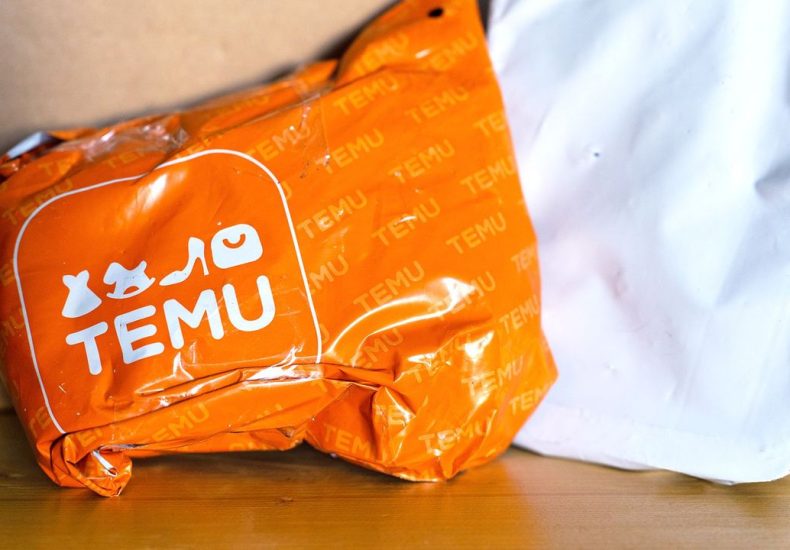
Temu and Shein Face Major Challenges in Expanding Across Southeast Asia

Temu and Shein Struggle to Expand Across Southeast Asia
Temu and Shein, two major global e-commerce platforms, are facing considerable roadblocks in their attempts to expand in Southeast Asia. Both companies, known for their vast product selections and low prices, have been working to increase their presence in this rapidly growing market. However, their journey has not been smooth, with several challenges threatening their expansion plans.
Challenges in Entering the Southeast Asian Market
Southeast Asia presents a promising opportunity for e-commerce giants like Temu and Shein. With a growing middle class, increased internet penetration, and a young, tech-savvy population, the region is an attractive target. However, Temu and Shein expanding in Southeast Asia face a variety of difficulties, including logistical hurdles, regulatory obstacles, and stiff competition from local players.
One of the key challenges is the complex logistics required to operate in Southeast Asia. Unlike markets like China, where e-commerce is booming, Southeast Asia’s diverse geography and infrastructure present significant barriers. Shipping costs and delays have been a major issue for both companies, affecting customer satisfaction.
Local Competition Poses a Major Threat
Another challenge for Temu and Shein expanding in Southeast Asia is the fierce competition from local players. Many Southeast Asian countries already have well-established e-commerce platforms that cater specifically to regional tastes and preferences. Companies like Lazada, Shopee, and Tokopedia have built strong local networks and customer bases, making it difficult for newcomers to gain traction.
Despite offering lower prices, Temu and Shein expanding in Southeast Asia face the hurdle of competing with these regionally rooted platforms, which have a better understanding of local consumer behavior. Additionally, local players often have an edge in terms of quicker delivery times, a critical factor for online shoppers.
Regulatory Challenges and Consumer Trust
Regulatory challenges are also a significant factor slowing down Temu and Shein expanding in Southeast Asia. Many countries in the region have strict e-commerce regulations that foreign platforms must adhere to, including data privacy laws, tax regulations, and import duties. Navigating these regulations can be time-consuming and costly, especially for companies like Temu and Shein, which are still trying to establish their brand identities in the region.
Building consumer trust is another hurdle. While Shein has had some success with its global appeal, Temu is still a relatively new player in Southeast Asia. As with many international companies, establishing credibility and earning the trust of local consumers can take years. Local buyers are often hesitant to purchase from foreign e-commerce platforms, especially if they have concerns about product quality, delivery times, and after-sales service.
Looking Ahead: Can They Overcome These Roadblocks?
Despite these challenges, Temu and Shein expanding in Southeast Asia remain determined to crack the market. Both companies are investing heavily in local partnerships, marketing campaigns, and improving their logistical operations. Over time, they may be able to overcome the current roadblocks and establish a stronger foothold in the region.
The success of Temu and Shein expanding in Southeast Asia will depend largely on their ability to adapt to local market dynamics. If they can offer better customer experiences, navigate regulatory landscapes efficiently, and create tailored solutions for regional shoppers, they may find success in this rapidly growing market.
Conclusion
Temu and Shein expanding in Southeast Asia is a story of both opportunity and challenge. While the region offers immense growth potential, the road ahead for these companies is fraught with difficulties. Overcoming logistical, competitive, and regulatory hurdles will require innovative strategies and a deep understanding of local needs. Only time will tell if these e-commerce giants can turn their challenges into triumphs in Southeast Asia.